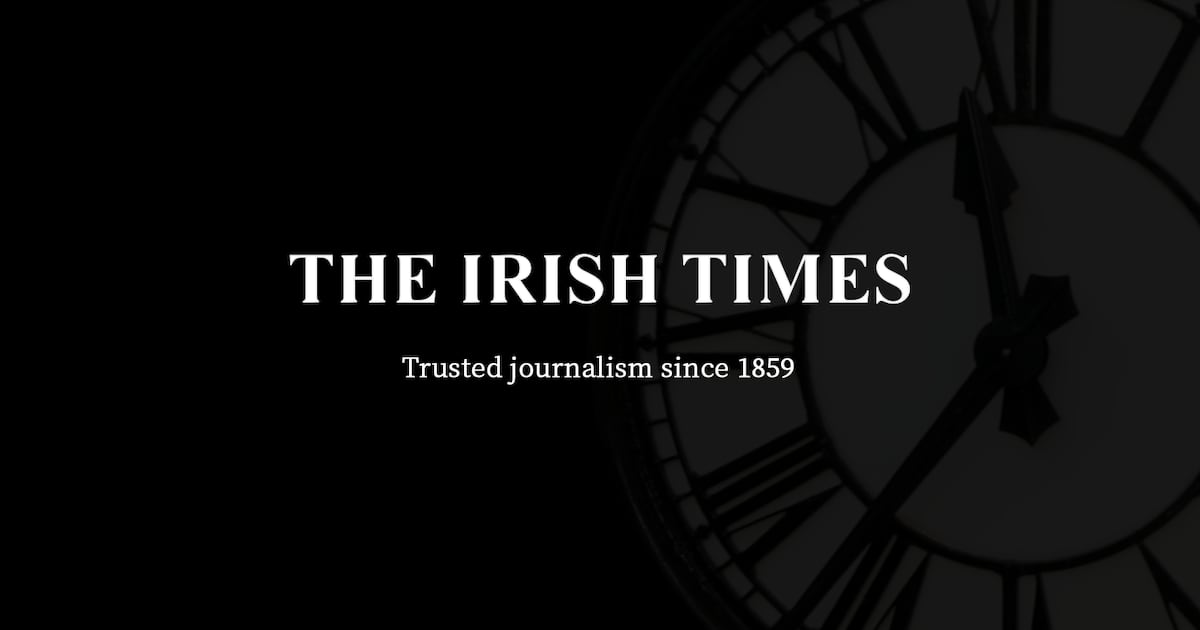Baz Luhrmann’s 2001 film Moulin Rouge can be read as the Australian auteur’s artistic manifesto. Although it was his third feature film, it tapped into the form and energy of his original creative inspiration: the classic movie musical. Growing up in a small town north of Sydney, late-night screenings from the Golden Age of film musicals encouraged Luhrmann to dream big. The TV in his modest home may have been black and white, but the heightened emotion wrought by the combination of staged spectacle and soundtrack fuelled his ambitions of a creative life that would eventually be fulfilled in vibrant Technicolor, and never more luridly realised than in Moulin Rouge.
Moulin Rouge is the most self-consciously theatrical of the films that became known as The Red Curtain trilogy, which included Luhrmann’s debut Strictly Come Dancing from 1992, adapted from a play he wrote as a young theatre student, and his punk Romeo+Juliet from 1996. Set during the heyday of the infamous Parisian musical hall, with its saturated chromatic spectrum and a postmodern pop score drawn from dozens of contemporary songs, Moulin Rouge expresses itself as a surreal and immersive absinthe fever dream.
The theatrical setting of Moulin Rouge and the theatricality of its aesthetic made a stage adaptation of Luhrmann’s film seem inevitable. However, the overwhelming theatricality of the origin work actually posed a challenge. “It sounds obvious,” Luhrmann wrote in Moulin Rouge The Musical: The Story of the Broadway Spectacular, which was published in 2022, three years after the 10-time Tony Award-winning
Continue Reading on The Irish Times
This preview shows approximately 15% of the article. Read the full story on the publisher's website to support quality journalism.
